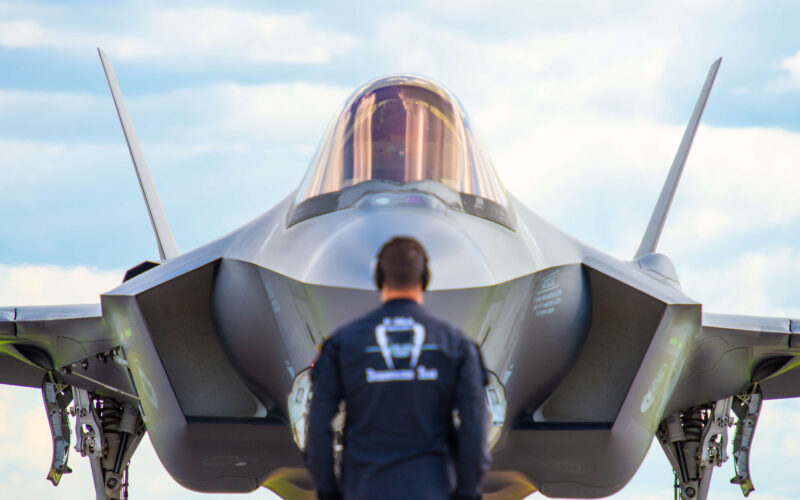More than 10 years after its initial choice, Canada reconfirmed that it would replace its fleet of CF-18 Hornets with 88 F-35A stealth fighters.
In 2010, the Canadian government, then led by the conservative Stephen Harper, had already set its sights on the Lockheed Martin F-35. Without any tender, the decision was made to acquire 65 F-35A fighters for the price of $8.6 billion.
At the time, the decision came as no surprise given Canada’s involvement in the Joint Strike Fighter program since 1997. As a so-called ‘Level III partner’ of the project, the country invested around $613 million into the development of the fifth-generation fighter jet and participates in its manufacturing.
Yet in 2015, the current Prime Minister Justin Trudeau openly criticized the absence of competition during his electoral campaign, vowing that he would scrap the order and hold an “open and transparent tender”. The procurement budget to replace Canada’s aging fleet of F-18s would be reduced and instead, the country would acquire “one of the many, lower-priced options that better match Canada’s defense needs”. Shortly after his election, the government fulfilled its promise and repudiated the order. Canada remained a formal partner in the program.
Launched in 2017, the new tender called the Future Fighter Capability Project saw Boeing’s F/A-18 Super Hornet, Airbus and its Eurofighter Typhoon, Dassault’s Rafale, and Saab with its JAS 39 Gripen try to snatch the prize away from Lockheed Martin.
In November 2018, Dassault Aviation withdrew its candidacy. CEO Eric Trappier explained the decision in a hearing with the French parliament on May 22, 2019:
“It is impossible to sell the Rafale to the Five Eyes member countries [Australia, Canada, New Zealand, the United Kingdom, and the United States – ed. note], not because it is not interoperable […] but because this network has set rules that they refuse to communicate to us and that aim to have their members work together,” Trappier said. “Moreover with Canada comes the question of the North American Aerospace Defense Command, NORAD. […] Dassault’s position was acquiesced by France which, in consultation with the company, felt that given this constraint, we could not commit ourselves.”
Airbus Defence and Space and its Eurofighter Typhoon followed suit in August 2019, also citing set conditions that seemed to favor Lockheed Martin in the competition.
In late November 2021, it was Boeing’s turn to leave the competition. The F/A-18 Super Hornet was dismissed by Public Services and Procurement Canada, without specifying which requirement was not met.
This left Lockheed Martin and the F-35 Lightning II, and a bullish Saab with its JAS 39 Gripen, despite Sweden being neither a Five Eyes nor a NATO member. Unsurprisingly, the Canadian administration announced on March 28, 2022, that it would confirm the choice of its predecessor.
“It is critical that current and future Royal Canadian Air Force pilots have the most advanced equipment available to ensure they can deliver on the important work that we ask of them,” said Anita Anand, Minister of National Defense, commenting on the decision. “This procurement project for the RCAF – the largest in over three decades – will help ensure Canada can continue to defend North America, enhance our Arctic sovereignty and meet our NATO and NORAD obligations in the face of current and emerging threats. Canadians can be confident that this competitive process will deliver the best results for our Canadian Armed Forces for decades to come.”
Negotiations are expected to start with Lockheed Martin for the acquisition of 88 F-35A fighters and their associated equipment and weapons, a deal valued at $19 billion. Final contracts should be signed by the end of 2022, with the first delivery expected for 2025.

